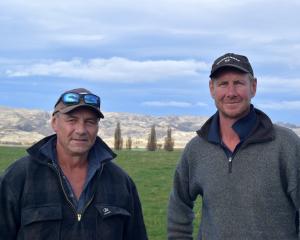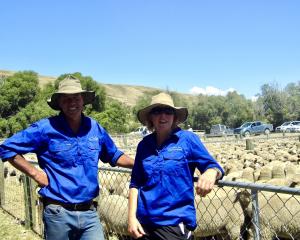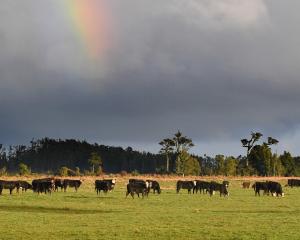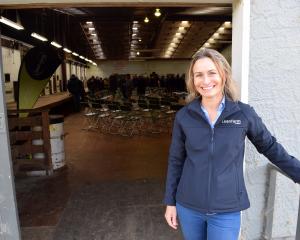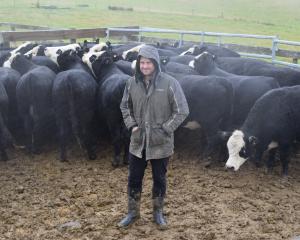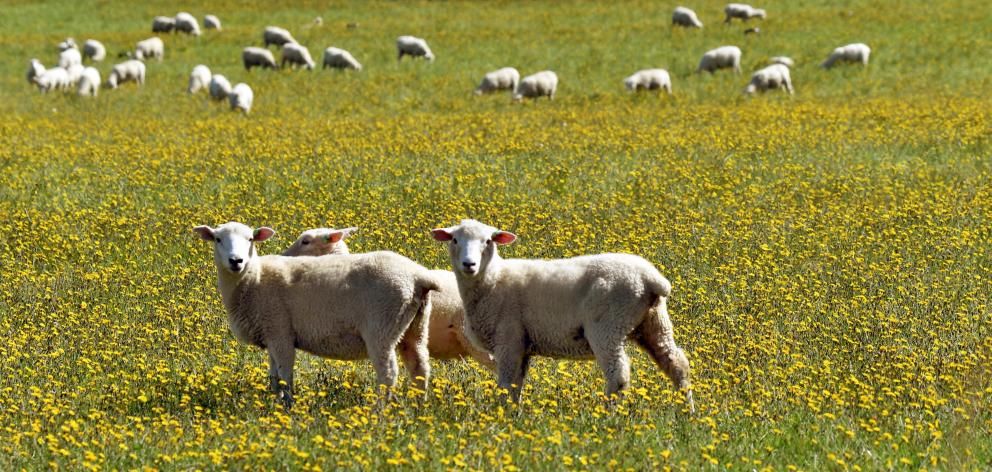
Beef + Lamb New Zealand’s mid-season update painted a grim picture, saying high-country properties in Otago-Southland were on average facing negative profitability.
Overall, profit was forecast to decrease 54% as demand for red meat, particularly lamb and mutton, remained weaker than expected.
The original forecast was for a decrease of 31% on the previous year but profit was now estimated to average $62,600 per farm.
Adjusting for inflation, the expected level of profitability was broadly similar to the 1980s and early 1990s and the lowest since 2007-08.
The Chinese economy remained sluggish and Australian meat had flooded markets.
Positively, European and North American markets had been relatively strong but that had not offset the Chinese drag, the report said.
A forecast lamb price of $125 per head was down 12% on last season and 13% below the five-year average, and the mutton price at $63 per head was 34% down on last season and 49% below the five-year average.
Certain farm classes — such as high country, hard hill country and South Island hill country — were hardest hit in terms of profitability due to their heavier reliance on sheep revenue.
The East Coast region, still recovering from Cyclone Gabrielle and ongoing wet weather setbacks from last year, was projected to have the lowest regional profitability.
In a statement, BLNZ chief executive Sam McIvor said input costs remained stubbornly high and farmers were "feeling it". "Many have already worked hard on cutting costs and my conversations indicate they’re leaving no stone unturned to find additional savings.
"This is especially true for farmers with relatively high debt levels."
Interest rates were a significant issue and relief from a fall in interest rates was uncertain so the sector would need to draw on its traditional ability to weather cyclical tough times and on its tenacity, Mr McIvor said.
Farmers should be talking to their accountants and bank managers about tax planning and cashflow management.
"I would expect bankers will be working to support farmers during this tough period, as the sector’s longer-term prospects are strong and it will recover."
Meanwhile, the New Zealand Merino Company (NZMC) has signalled full-year earnings before interest and tax (ebit) to be in the range of $1 million to $1.6 million, whereas previous expectations were for a range of $4.5 million to $5.1 million.
Net profit after tax was expected to be a loss in the range of $400,000 to $900,000 for the year ending June 30.
The company released its half-year results which showed ebit of $3.4 million and net profit after tax of $1.8 million for the six months ended December 31, which was in line with budget expectations.
However, trading conditions had deteriorated in recent months as the global slowdown in consumer demand meant retailers were holding high inventories of finished products.
That, coupled with aggressive brand-partner growth targets that were not now coming to life due to the macroeconomic environment, was directly affecting brand-partner demand for wool, resulting in lower bale volumes and deferrals on deliveries planned for the second half of the financial year and into the 2025 financial year.
NZMC said it was working with those brands on various solutions including pushing out deliveries into future years, selling off excess volumes and adjusting future contract volumes.
Federated Farmers latest farm confidence survey showed a positive shift in the rural mood since last year, when confidence reached its lowest point in the survey’s 15 years.
However, national president Wayne Langford stressed it was only a slight improvement and it was coming off a very low base.
"I wouldn’t say farmers are feeling more confident yet, they’re just feeling less unconfident.
"Confidence is no longer going backwards but it’s still in the gutter."
Farmers were struggling with high inflation, high interest rates and lower commodity prices, and the effect of those on their profitability, Mr Langford said.



